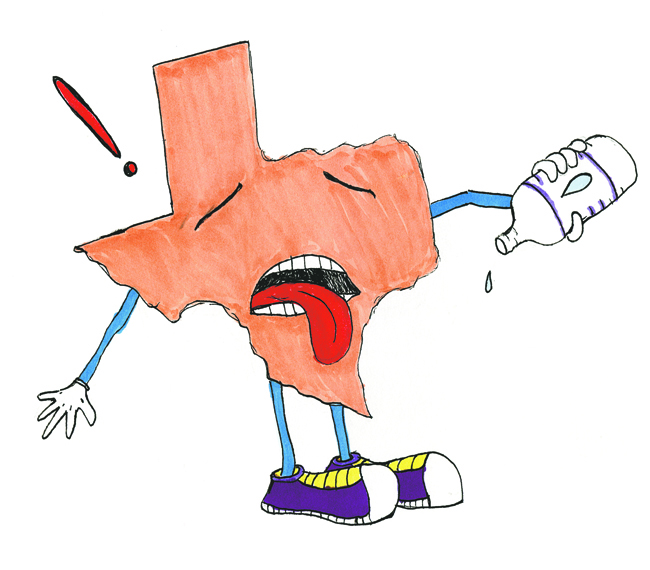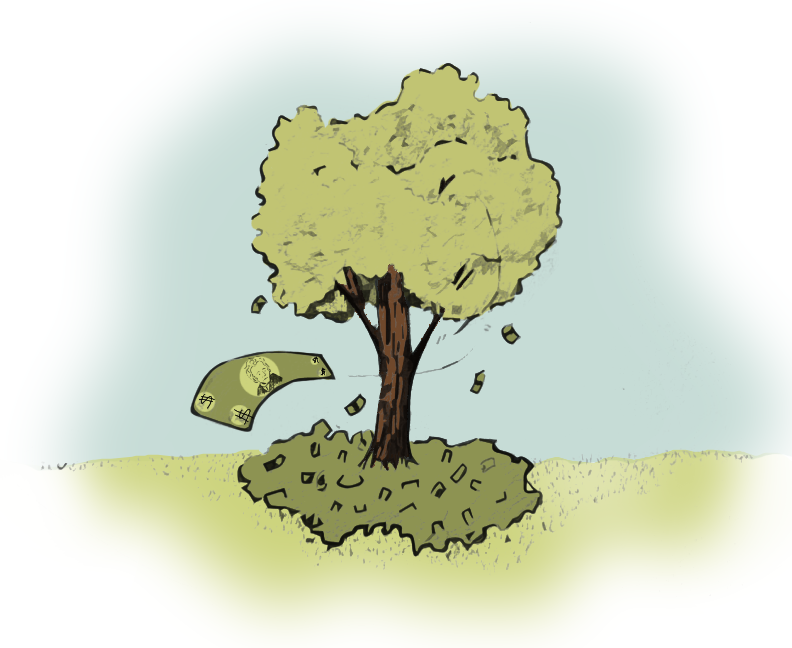Despite steady rainfalls over the past six months, University researchers have found that Texas is still far from replenishing its groundwater supply, which is depleted because of a drought that began in 2011.
Data gathered from satellites showed that, out of the 76 million acre-feet of water lost during the peak of the drought in 2011, only about 10 percent has been recovered as of November of last year. An acre-foot of water, which equates to about 326,700 gallons of water, covers an acre of land at a depth of one foot.
These drought numbers are part of a larger project called the Gravity Recovery and Climate Experiment, which NASA and DLR — the German national space agency — operate. In 2002, the two space agencies launched twin satellites that use month-by-month gravity data to collect statistics about the distribution of water in the earth.
Gordon Wells, a research associate at the University’s Center for Space Research, said the satellites’ data point to a larger issue with water storage in the state. According to Wells, water supply levels are not where he thought they might be with the recent surge of rain, furthering a notion that the drought is deeply rooted.
“When we go through a big event, like the drought in 2010 and ’11, we may have seen a reduction in our total water storage that is so great that it’s going to take a much longer time for that to be restored,” Wells said. “There’s a deeper drought than we’re observing by simply looking at rainfall and how healthy the vegetation is.”
Bridget Scanlon, senior research scientist at the Bureau of Economic Geology, said policy makers’ focus on the water budget will play an important role in getting clearer answers.
“It’s crucial that [policy makers] get this, because we need more state resources to monitor data in factors like soil moisture and ground water pumpage to know more about why the water recovery is slow,” Scanlon said.
Sherri Greenberg, a lecturer at the LBJ School of Public Affairs and former member of the Texas House of Representatives, said she thinks this issue will be a key talking point in the current legislative session.
“[The state] has had various water plans since the 1990s — we have one now — but it is not wholly funded,” Greenberg said. “This has been a long standing issue. I know that water is on the minds of a lot of people, but clearly funding is
the issue."





















